Panpsychism: Could everything have a mind of its own?
Toy Story may be one of the most popular, well-known children’s movie series of all time. The series centers around children’s toys that, when out of sight of humans, engage in discussions and demonstrate full consciousness and awareness. This idea that toys, merely made of plastic, could in any circumstance hold any form of consciousness in the real world seems ridiculous. These movies, however, may not be as insanely fictional as one might think, because according to a fairly widely supported philosophical theory, these toys could actually have a “consciousness.” This theory? Panpsychism.
What is panpsychism?
First, let’s break down the word. The prefix “pan” means “all” or “of everything,” and “psych” refers to the mind. Amalgamating these definitions, the term “panpsychism” should mean the idea that everything has a mind. Although this direct translation is close, the theory of panpsychism mainly asserts that consciousness is a fundamental and ubiquitous feature of matter and the natural world.
We commonly view consciousness as the ability to be completely self-aware and to reflect on one’s existence, but under panpsychism, consciousness is described more simply as the ability to experience simple perceptions such as pain, pleasure, sight, or hearing. The theory further hypothesizes that consciousness becomes simpler with simpler states of matter, with humans containing the most sophisticated forms of consciousnesses and subatomic particles containing unthinkably (no pun intended) simple forms of consciousness. Panpsychism also does not say that an object like a piece of metal necessarily holds a consciousness—just that its fundamental parts do.
What other theories exist in opposition to panpsychism?
There are two main ideas in opposition to panpsychism: dualism and physicalism (often called materialism).
Dualism is the theory that mind and consciousness are separate from the physical entities of the universe, or simply that the brain and the soul are completely distinct and separate. The idea of an immaterial soul interacting with the brain, however, would mean that many of the functions and actions of the brain would appear to have no physical cause, which is not the case in neuroscience.
Physicalism (or materialism) is the theory that all matter only has physical properties and that there is nothing more beyond an object’s physical properties. In this way, physicalism represents solely objective descriptions of reality that do not consider experience, seemingly rejecting that consciousness even exists. Philosopher Philip Goff of Durham University in the U.K. elaborated that “you simply can’t capture… qualities in the purely quantitative vocabulary of physical science,” and he added that Galileo, who is often regarded as the founder of physical science, only intended physical science to be a partial description of reality—he never dreamt it would capture the qualities of consciousness.
The problems with these two views are apparent, and thus, the idea of panpsychism offers a pathway in the middle of these two drastically opposite perspectives. Panpsychism says that consciousness exists and this existence must be considered in the physical world, but also says that consciousness is a property of matter, not a completely separate, immaterial entity.
Arguments supporting panpsychism
Two main arguments supporting the idea of panpsychism (although these are not the only arguments) are the anti-emergence argument and the genetic argument.
The anti-emergence argument asserts that smaller parts without conscious properties could not form a whole with conscious properties. Neuroscientists have learned the intricacies of behavioral and cognitive brain function, but have yet to have any advances in learning why humans have consciousness or subjective experience. Thomas Nagel, an American philosopher, first proposed in 1979 that the random emergence of subjective experience for humans would not make sense. He argued that given that living organisms have no immaterial parts, that consciousness exists, that all properties of an organism are derived from the properties of its parts, and that the consciousness of an organism cannot be understood from its physical properties, the matter must already contain non-physical properties that, when combined in a certain way, resulting in complex mental states. His argument of anti-emergence, thus effectively declared that the conscious properties of humans and other organisms could not come from particles without these properties and that in order for humans to have mental states, our fundamental parts must also have mental states.
The genetic argument is based on the theory of evolution. Evolution can be explained as a process that alters pre-existing properties of an organism into new, adapted forms. Evolution does not, though, create completely new properties. This would mean that consciousness could not just suddenly appear as a random new property in an evolving organism, but rather a property that has existed since the simplest organism. William Clifford explains that “It is impossible for anybody to point out the particular place in the line of descent where that event can be supposed to have taken place. The only thing that we can come to, if we accept the doctrine of evolution at all, is that even in the very lowest organism…, there is something…, inconceivably simple to us, which is of the same nature with our own consciousness.”
Arguments against panpsychism
There are a couple of arguments opposing the idea of panpsychism: the combination problem and panpsychism’s counter-intuitiveness.
The combination problem is commonly regarded as the most valid argument against panpsychism. It highlights the seemingly nonsensical nature of the fact that panpsychism claims that the parts of an entity and the whole of an entity each have their own consciousness and that the consciousness of the whole is a result of the combination of the micro-level conscious entities. This issue surrounding mental combination can further be highlighted through the fact that humans do not feel or experience mini-consciousnesses within their overall consciousness.
The argument of the idea of panpsychism being counter-intuitive and crazy, and that it, therefore, cannot be taken seriously, is likely the most common but least valid refutation to panpsychism. Panpsychism, at face value, appears to be impossible and ridiculous, but these superficial notions are not backed by thorough arguments.
Conclusion
Ultimately, panpsychism could very well be real despite its counter-intuitiveness and seeming absurdity. Due to its logical supporting arguments, it is increasingly being taken more seriously among both philosophers and scientists. But, as consciousness remains to be a mystery, it may be a long time, or never, before scientists can provide substantial evidence for the astonishing theory.
Works Cited
“The Case For Panpsychism.” Philosophy Now: a Magazine of Ideas, 2017, philosophynow.org/issues/121/The_Case_For_Panpsychism.
Cook, Gareth. “Does Consciousness Pervade the Universe?” Scientific American, Scientific American, 14 Jan. 2020, www.scientificamerican.com/article/does-consciousness-pervade-the-universe/.
Goff, Philip, et al. “Panpsychism.” Stanford Encyclopedia of Philosophy, Stanford University, 18 July 2017, plato.stanford.edu/entries/panpsychism/#VariContPanp.
Goff, Philip. “Panpsychism Is Crazy, but It’s Also Most Probably True.” Edited by Nigel Warburton, Aeon, Aeon, 1 Mar. 2017, aeon.co/ideas/panpsychism-is-crazy-but-its-also-most-probably-true.
Hurt, Avery. “Panpsychism: The Trippy Theory That Everything From Bananas to Bicycles Are Conscious.” Discover Magazine, Discover Magazine, 16 Feb. 2021, www.discovermagazine.com/mind/panpsychism-the-trippy-theory-that-everything-from-bananas-to-bicycles-are.
“What Is Panpsychism? | Rupert Sheldrake, Donald Hoffman, Phillip Goff, James Ladyman.” The Institute of Art and Ideas, YouTube, 13 Sept. 2019, www.youtube.com/watch?v=B7KaNnFij2Q.

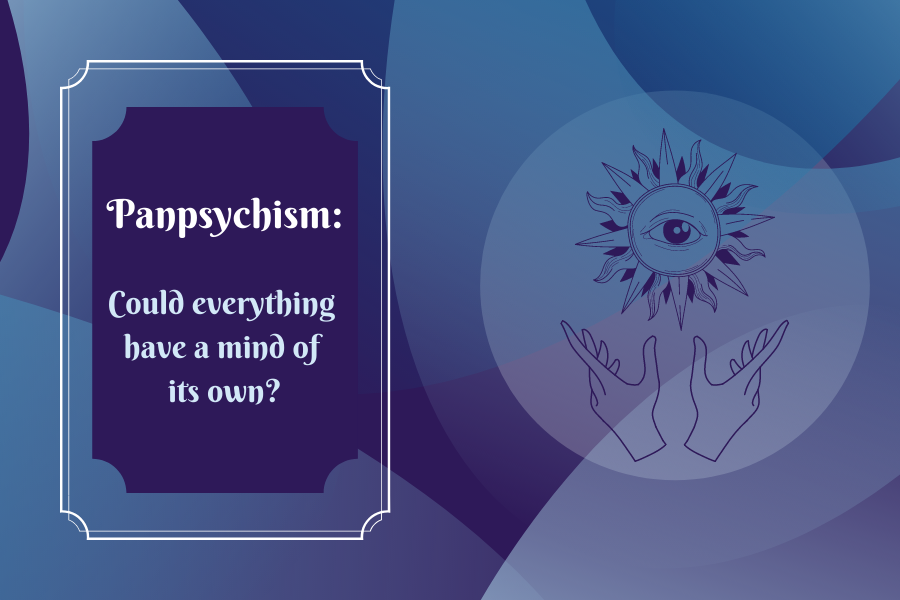

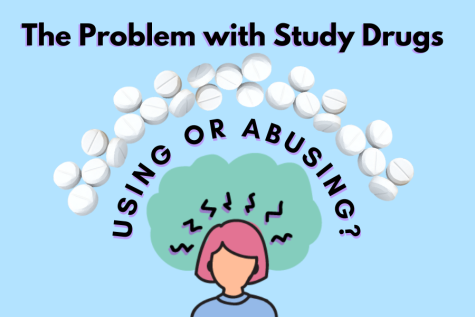
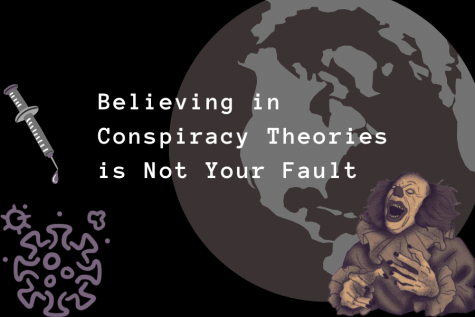



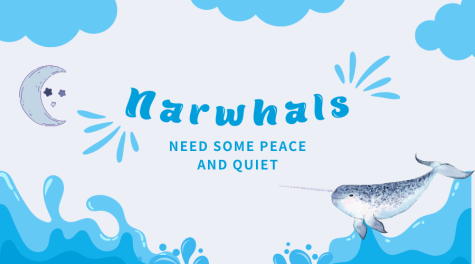
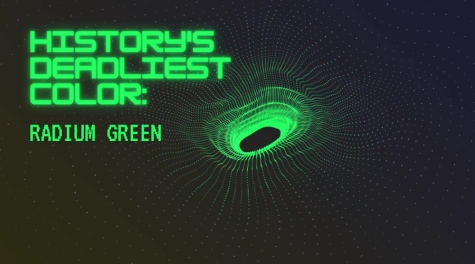
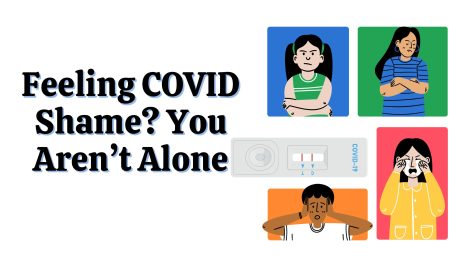
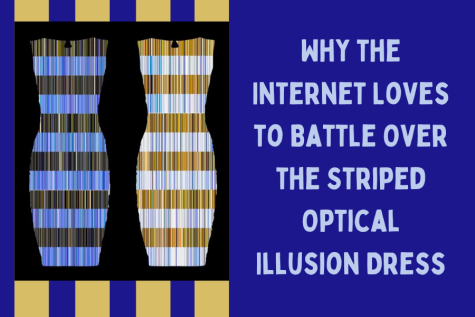
lorenzo sleakes • Jun 5, 2021 at 10:45 am
I dont see the combination problem as really an issue for panpsychism. There are two aspects of mind that are often conflated: sense qualities (qualia) and the private world of conscious subjects. As long as these two are kept separate we dont need high level minds to depend on low level minds. They are all equally fundamental points of view on the same world. William James who first framed the combination problem thought that one solution is that the higher level consciousness of an animal may be derived from or actually be the consciousness of a single neuron or group of neurons which he called the pontifical cell. That is a kind of dualism that has a natural basis in panpsychism. A world made of elementary points of view has another benefit. Those mental beings because they are fundamental would have causal efficacy and address one of the major weaknesses of materialism: that the mind is powerless and evolved for no purpose. It would seem strange that the brain evolved the feelings of pleasures and pains if not for the benefit of an independent entity that can do something about it. see: https://philpapers.org/rec/SLESA and https://philpapers.org/rec/SLEPAR